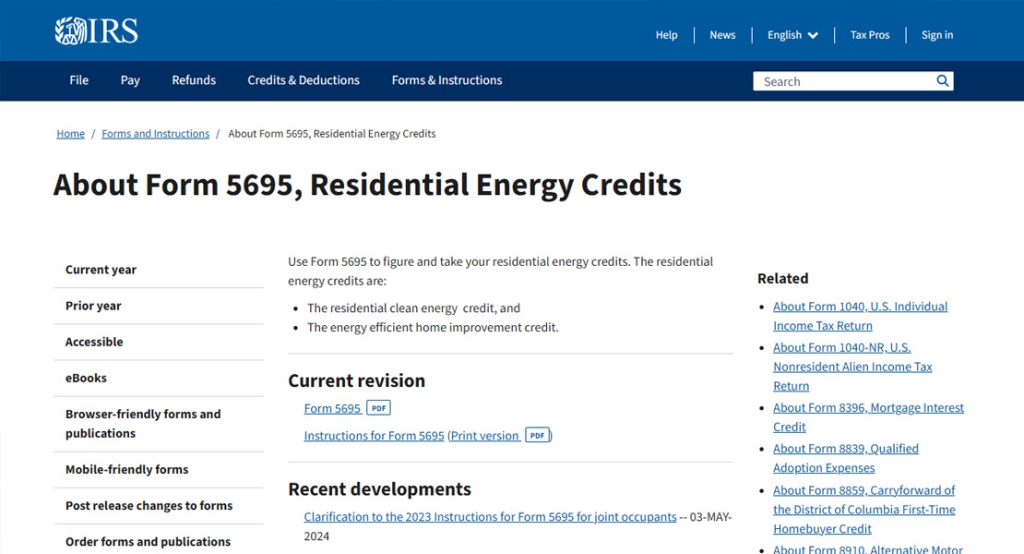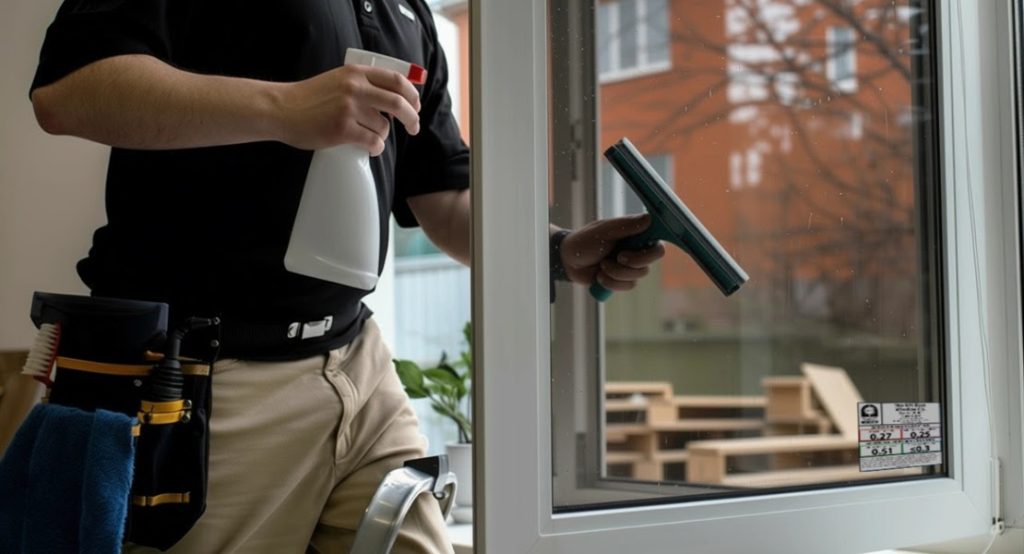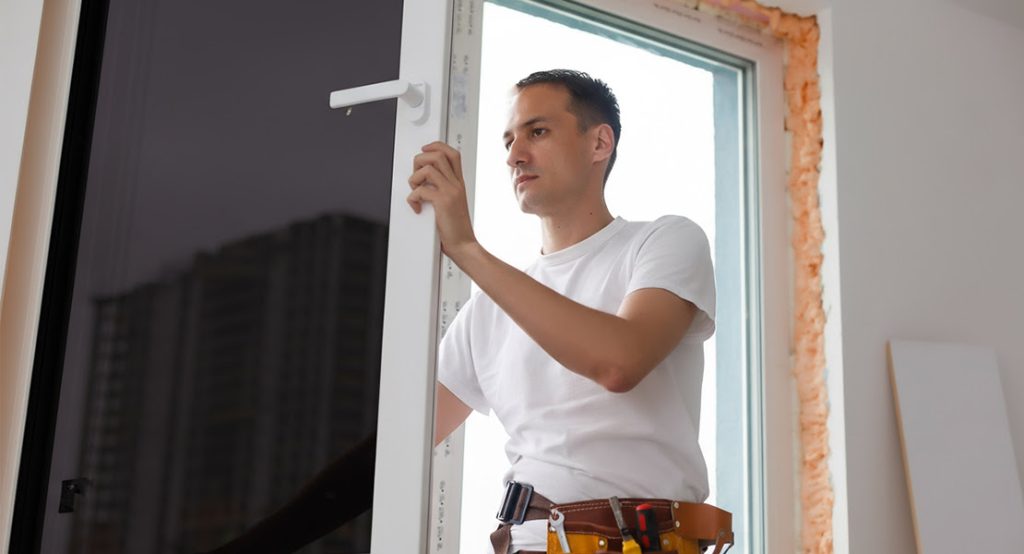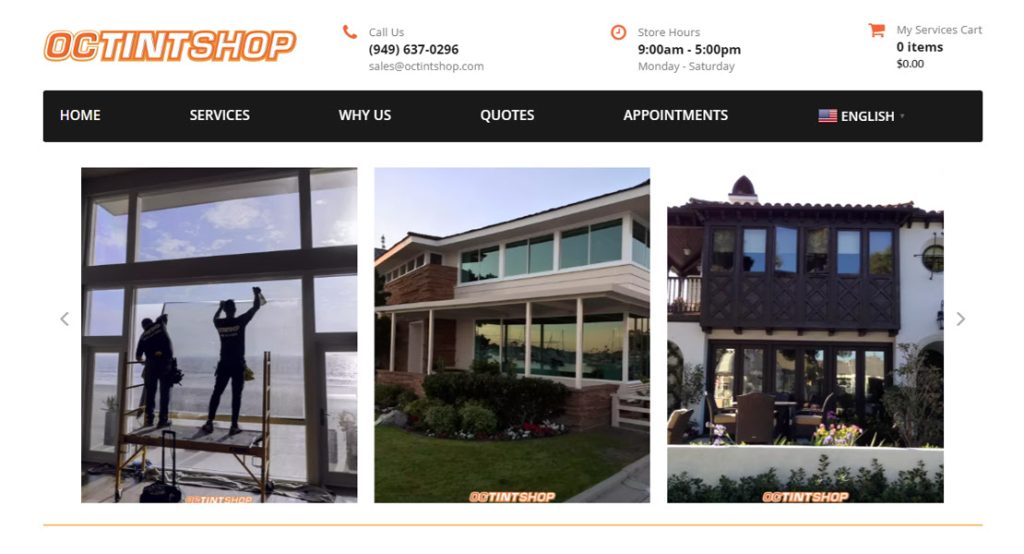California property owners who install energy-efficient window film in 2025 can get federal tax credits along with the extra money back from the state and their utility company. These financial benefits can become quite large when you combine them all together. The problem is that there’s a big disconnect between what window film businesses tell you and what the IRS will actually approve.
The federal credits need very particular certifications, but most of the popular window films on the market now just don’t have them. The 2025 deadline for some of these programs is coming up fast. California’s utility rebate programs have their own separate timelines and approval steps that don’t match up with the federal ones at all.
The paperwork that you need from the IRS, the California Energy Commission and your utility company never seems to line up correctly. Manufacturers have to give you their certification statements before you install the film, utility providers usually want you to get pre-approval first, and then the tax forms ask for standards that most installers have never even heard of.
We need to break down which credits can work for window film, what your installation needs to have to qualify and how you can work with multiple programs at the same time without accidentally making yourself ineligible for any of them.
Let’s talk about how these tax credits can lower your energy bills!
Tax Credits Available for Your Window Film
Window film can save you money on your taxes, yet it’s something most homeowners never think about when they’re shopping around for it. The federal government has a 30% Residential Clean Energy Credit that you can claim for certain types of window films that you install on your home. We’re talking about receiving back nearly a third of what you spend on the film itself and the cost to have it professionally installed. Your film has to specifically cut down something called the Solar Heat Gain Coefficient, and on top of that, it needs to have the Energy Star certification.
When tax season rolls around, you’ll need to file IRS Form 5695 with your return if you want to claim this credit. It’s the exact same form that homeowners use when they install solar panels or make other types of clean energy improvements to their properties. Congress went ahead and extended these credits through 2032 as part of the Inflation Reduction Act.

The idea was to give homeowners the time to make energy-efficient upgrades to their homes without having to rush into any decisions. Commercial property owners actually have a different set of requirements that they follow under something called Section 179D, and it works in its own way.
A lot of homeowners walk into the store and believe that any window film they buy is going to qualify for the tax break. But that’s not the case at all. Decorative films that just look nice or standard privacy films that block the view won’t qualify because they don’t actually do anything to cut down your energy consumption. The only films that meet the requirements are the ones specifically designed to block the heat from entering your home and lower how much you need to run your air conditioner.
This helps explain why some films at the installation shop cost a lot more than others. Manufacturers have to spend money on certification and testing to prove that their films meet the tax credit standards, and this extra expense ends up being part of the final price you pay at checkout.
State Programs and Window Film
California has a few state-specific programs, and each one works together with the federal tax credits we already talked about. The state government prioritizes energy efficiency in a big way, and window film has become one of its preferred ways to achieve that goal.
Title 24 is the building energy code that California enforces on all properties in the state. Window films can help any building meet the strict requirements without the massive expense and headache of new windows. For older buildings, especially, this saves thousands of dollars compared to full window replacements. Most building inspectors are actually happy to sign off on window film as a legitimate way to meet the code requirements.
Assembly Bill 205 opened doors for residential energy upgrades when the state legislature passed it a few years back. The law made it much easier for regular homeowners to qualify for different energy improvement programs. Window film installations count as energy upgrades under this particular bill. This creates multiple funding options for property owners.

Most property owners have no idea about this next benefit at all. California lets you exclude specific energy improvements from your property tax assessments completely. After you install the qualifying window film, your property value increases, but your annual tax bill doesn’t change. You do have to file the correct paperwork with your county assessor’s office, though. The extra effort also pays off as you see those tax savings continue year after year.
Solar panel owners get an extra benefit from window film installations. The California Solar Initiative specifically recognizes that lower cooling needs make solar systems work more efficiently. Your panels can dedicate more power to other household needs when window film is already blocking the excessive heat from entering your home in the first place.
Local programs vary quite a bit across the different counties and cities throughout California. Los Angeles County has rebate programs that change from one year to the next. The Bay Area runs a few different initiatives through its local utility providers. I’ve watched these programs appear and disappear over the years, which complicates your upgrade timeline.
Standards That Your Window Film Must Meet
Window films have to meet some pretty strict technical requirements if you want to claim those tax credits everyone’s been talking about. The most important number to know is something called the Solar Heat Gain Coefficient, which the industry shortens to SHGC. The film you choose has to achieve an SHGC of 0.30 or lower for it to count. What that means in plain terms is that your film needs to block at least 70% of the sun’s heat before it gets through your windows.
The requirements don’t stop there, though. Your window film also needs to have the right certification from the National Fenestration Rating Council. The NFRC is the organization that tests window products and verifies that they actually perform the way manufacturers claim they do. Without that official NFRC certification in hand, the IRS won’t let you claim the tax credit, and it doesn’t matter if the film works great and saves you tons on energy bills.

Window films come in three main varieties if you walk into just about any supplier today. Ceramic films have become the preferred option for lots of homeowners because they qualify for most tax credits and manage to block heat without any metal particles whatsoever. Metallic films will also meet the requirements for the credit in most cases, but I hear complaints all the time about cell phone reception problems with these. Carbon films are the third option, and they perform just as well as the metallic ones, except they won’t interfere with your phone signal at all.
Professional installation is necessary if you want the tax credit. When films aren’t applied the way they should be, manufacturers won’t stand behind their warranties. And the IRS needs to see a valid manufacturer’s warranty before they’ll approve any tax credit claims that you submit.
Lots of homeowners with existing double-pane windows want to know if they can still add film and get the credit. They absolutely can. The film just has to meet those same SHGC requirements of 0.30 or lower that we covered earlier. Plenty of businesses sell what they call “energy-efficient” films that don’t actually meet IRS standards, though. Always verify that the NFRC certification exists before spending your money on any window film product.
Forms and Records You Need
The paperwork for window film tax credits feels pretty complicated. The most important document that you’ll need is a manufacturer’s certification statement. This paper proves that your window film actually meets the federal energy standards. Your installer should hand this over, along with an invoice that lists the NFRC ratings for your particular film.
Most homeowners run into problems because they don’t plan ahead. Tax season rolls around, and suddenly, they’re scrambling to track down that certification statement from their installer. Sometimes it’s impossible to get it by then! A smart idea is to ask for this document on installation day or before the work starts.
The filing happens with your usual tax return. You’ll need the IRS Form 5695 Part II for this credit. One important detail to remember is that your installation has to be finished by December 31st to count for that tax year. Big projects that happen in phases work a bit differently – each phase counts for the year that it was actually completed.

Professional installation matters every time for this credit. Those installation invoices need to show that a licensed contractor did the work. The invoice should also spell out which film model was installed and include the energy performance ratings. Generic invoices won’t cut it.
Audits are rare, but they do happen. Your documentation needs to stay somewhere safe for at least 3 years after you file. The certification statement, invoices and proof of payment should all be together in one place. Plenty of homeowners hold onto everything for 7 years because it gives them some extra security.
Partial-year installations still qualify for the full credit amount. The IRS doesn’t cut your credit just because you had the film installed in November instead of January.
California Utilities Have Their Own Rebate Programs
California utilities have their own rebate programs for window film, and these add much more value on top of the federal tax credits we already talked about. These programs stack together with those tax credits, and the combination can make your window film project much less expensive than it seems when you first look at it.
Pacific Gas & Electric has a Commercial Window Film Rebate Program that pays businesses for every kilowatt-hour of energy they save. Southern California Edison runs something called Express that works in a pretty similar way. San Diego customers can use SDG&E’s incentive programs, which use a set formula to calculate how much money you’ll get back. What’s great is that if you add these utility rebates to your federal tax credits, the total cost of your project can drop by more than half.

One main difference between utility rebates and tax credits is the timing of everything. With utility programs, you actually have to apply first and wait for approval before any installation work can start. Tax credits work the opposite way because you file for those after the work is already finished. The utilities also base their rebate amounts on how much energy your window film is going to save you each year, and that’s why they need to run calculations on your particular building and windows.
Utility programs also run on different schedules than the normal tax year, and each one has its own budget that can run out. A rebate program that’s available and funded in January could be tapped out by March. I always tell customers to check back every couple of months instead of just thinking that a program will still be there when they finally get around to it.
Commercial properties usually qualify for much bigger rebate amounts than residential buildings do. Utilities know that businesses burn through way more energy to cool their spaces, especially in California, and the energy savings are going to be substantially higher. Office buildings and retail spaces benefit the most from this setup because the combination of incentives can help the entire investment pay for itself really fast.
Mistakes That Cost You Tax Credits
Window film can be a great investment for your home. But I’ve seen way too many homeowners lose thousands of dollars on mistakes that are avoidable. The most expensive error by far is when homeowners try to do the installation on their own. It doesn’t matter if you have bought the most premium film available with perfectly solid energy efficiency ratings. Doing the installation yourself means that the IRS won’t give you a single cent in tax credits. Professional installation is actually a mandatory requirement for any and all energy tax credits.
Online marketplaces like Amazon have tons of window film options that seem great. The product descriptions promise big energy savings, and the reviews might even be excellent. Without the right NFRC certification, though, none of these products will qualify for any credits whatsoever. Always verify that the certification label exists before you pull out your credit card.
Another expensive error that shows up all of the time is when homeowners apply film to windows that they’re already scheduled to replace within the next year or two. The tax credit requirements specifically state that your improvements need to remain in place for at least two years. Why waste money on film for windows that are already on their way out? Just wait and put that cash toward the new windows.

Contractors sometimes try to help their clients cut costs with a mix of different film types on a single project. Maybe the certified film goes on the front of the house as cheaper alternatives get installed in the back. You’ll need to calculate and separate all of the costs down to the penny at tax time.
HOA restrictions on window modifications can derail your plans entirely. Lots of associations have strict guidelines against any film that changes how the windows appear from the street. Check your neighborhood covenants before installing anything.
The window film costs also have to appear as a separate line item on your contractor’s invoice. Any invoice that lumps the film together with other services or improvements could cause the IRS to throw out your entire credit claim if they decide to audit your return.
Transform Your View with Professional Tinting
All this information about tax credits and rebates can make your head spin a bit. Property owners in California can recover between 50% and 70% of their window film investment through the different programs we’ve covered – it’s a significant chunk of money back in your pocket. And you’ll see energy savings that continue month after month on your utility bills. This year looks especially promising for anyone who wants to make use of this opportunity. These programs have funding right now, and they’re accepting applications.
The paperwork and requirements do take some effort on your part. You’re essentially getting paid to make your property more comfortable and energy-efficient. Try to organize your receipts. You need to choose the products that meet the necessary standards. You’ll probably spend a few hours on document collection and form completion. Think about the fact that this effort could save you thousands of dollars, and those forms become a lot more tolerable. Your energy bills will also be lower for years to come.
Every property that installs energy-efficient window film helps California cut down its energy consumption and reduce strain on our power grid during those scorching summer days when everyone cranks up their AC. Your next step is to get quotes from certified installers. Make sure that they know all about these tax credit requirements and can guide you through the whole process.

At OC Tint Shop, we’ve been helping Orange County residents work through these exact benefits as we deliver quality window film installations. Our Newport Beach customers want to protect their oceanfront homes from UV damage. Our Anaheim businesses want to cut their cooling costs. We’ve seen firsthand how the right window film can improve these spaces. We help customers figure out which products qualify for maximum rebates and make sure your documentation is filled out correctly for a smooth application process. Thousands of Orange County property owners trust us with their window film needs.
Ready to start saving on energy costs and benefit from these valuable tax credits? Give us a call. We’ll schedule your free consultation and show you how much you can save.

